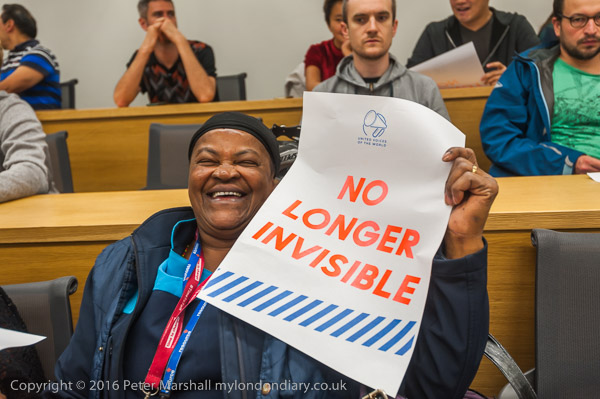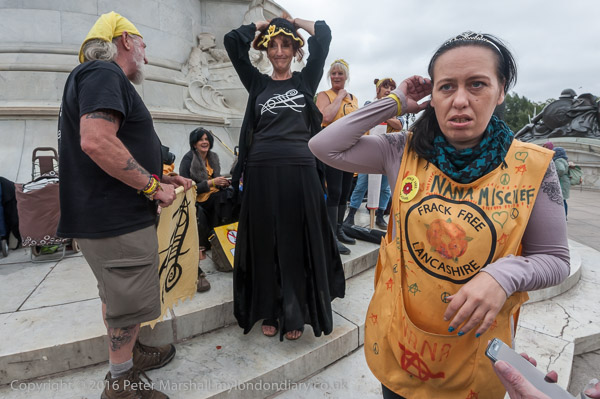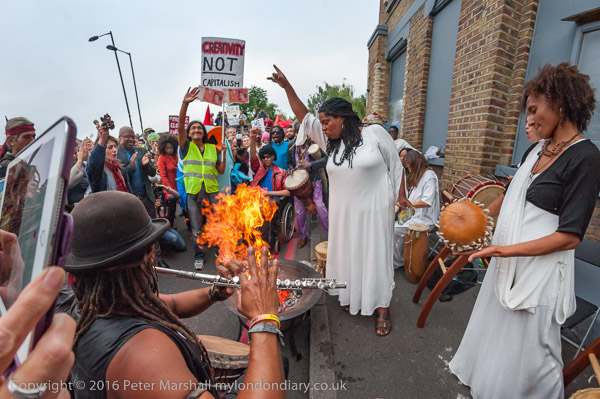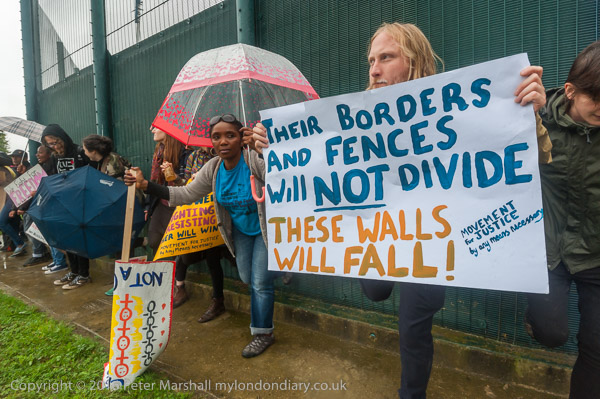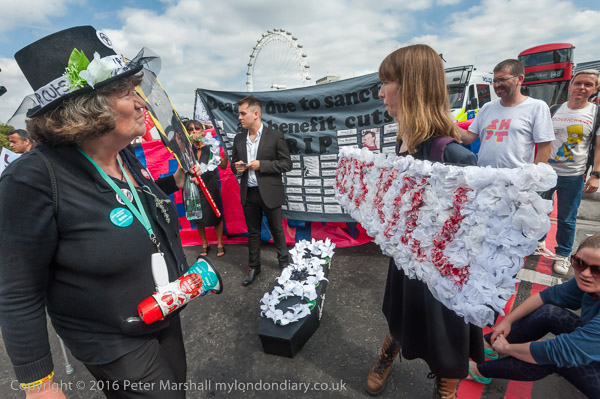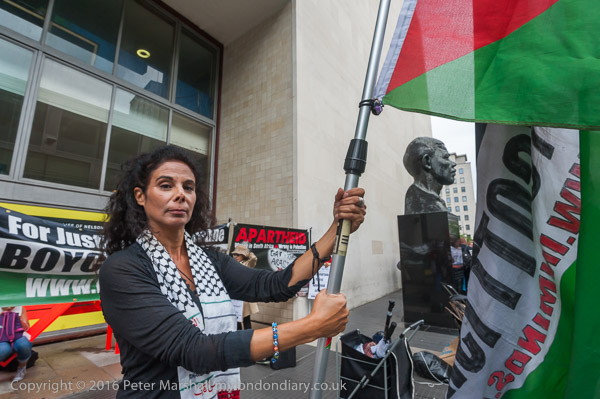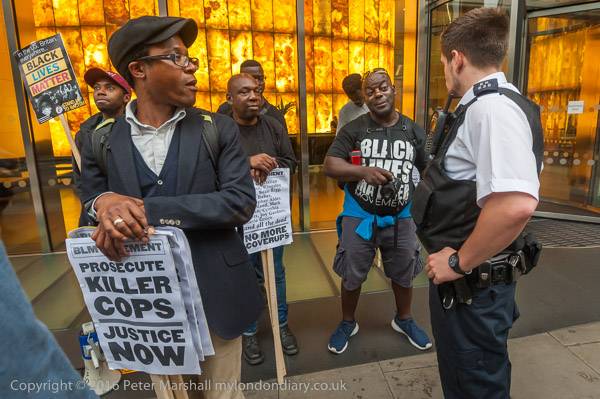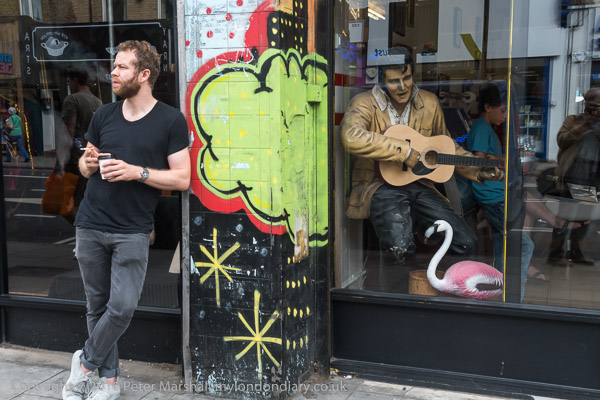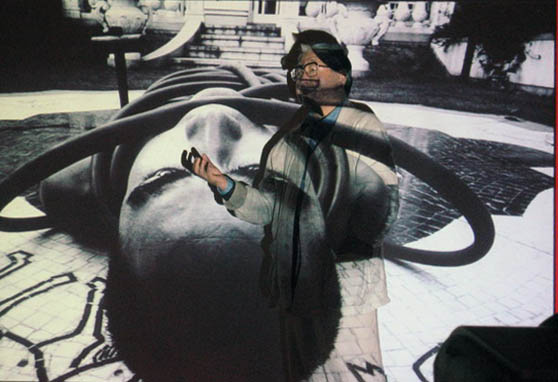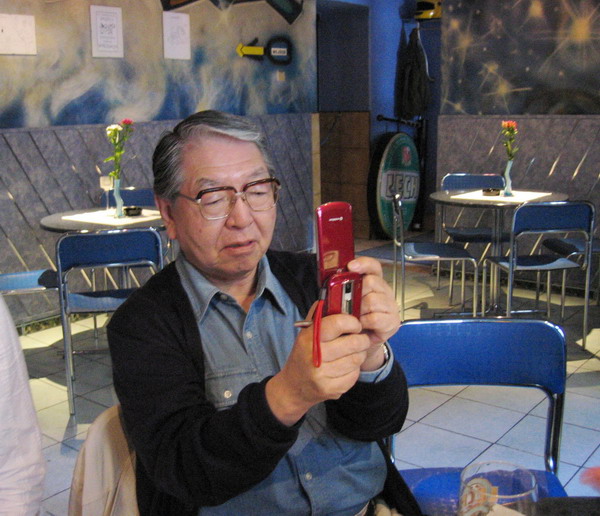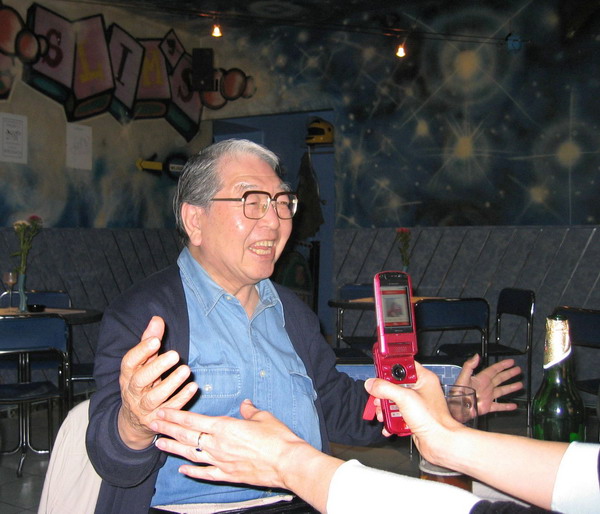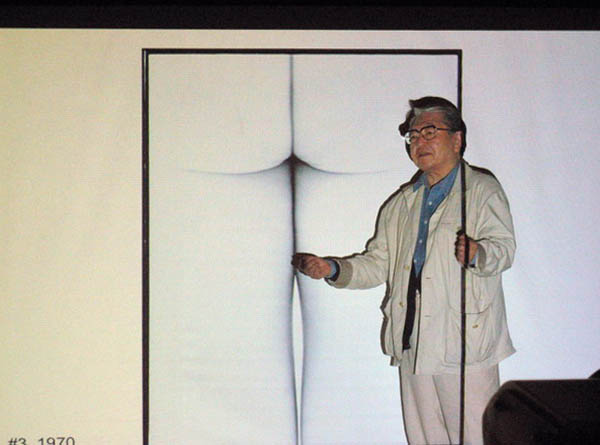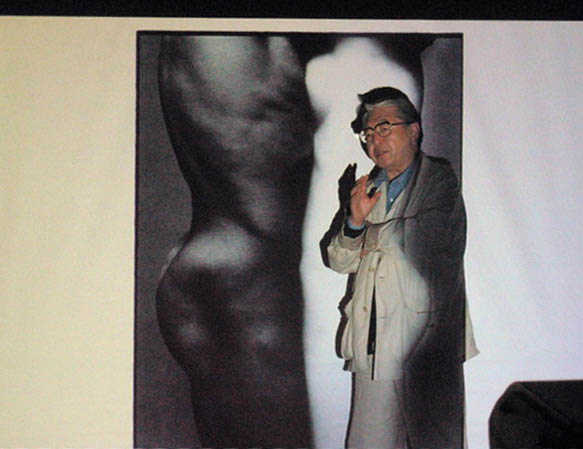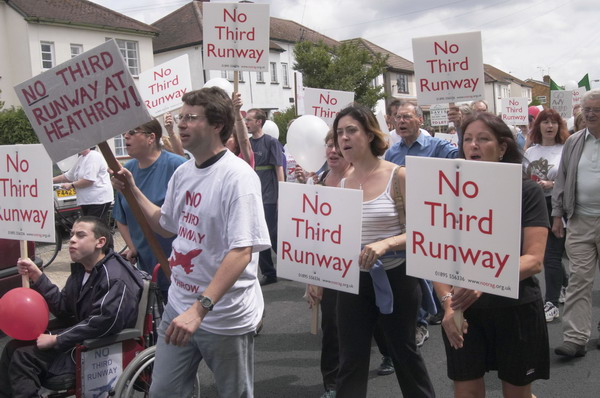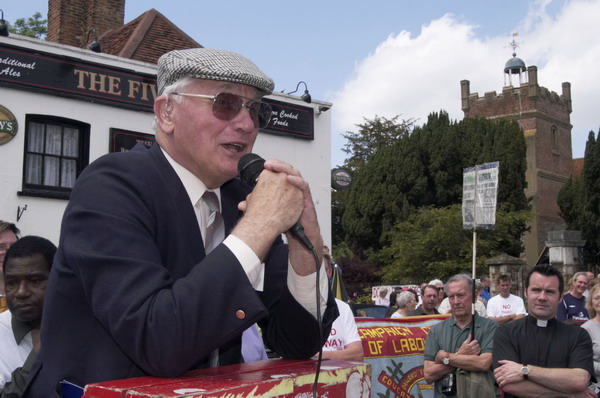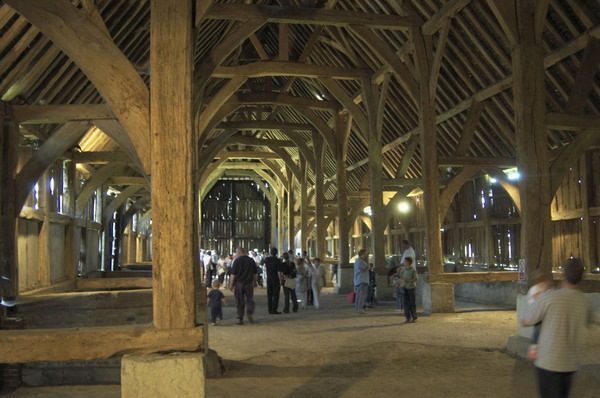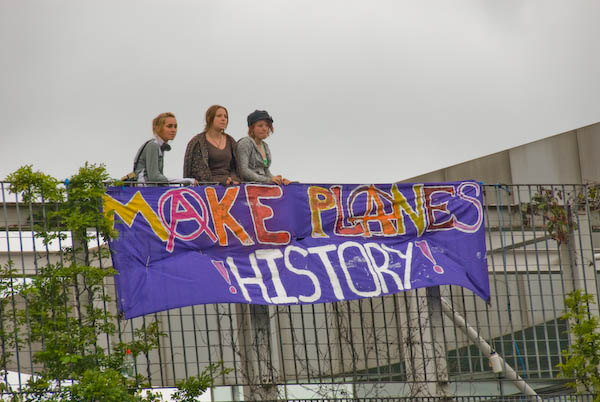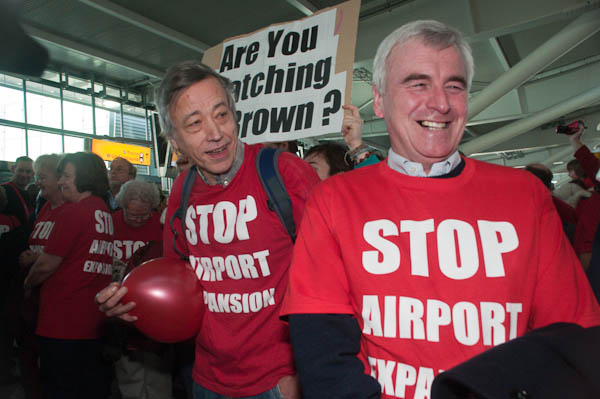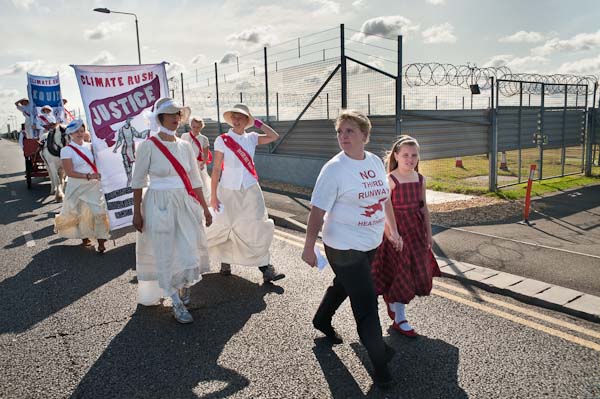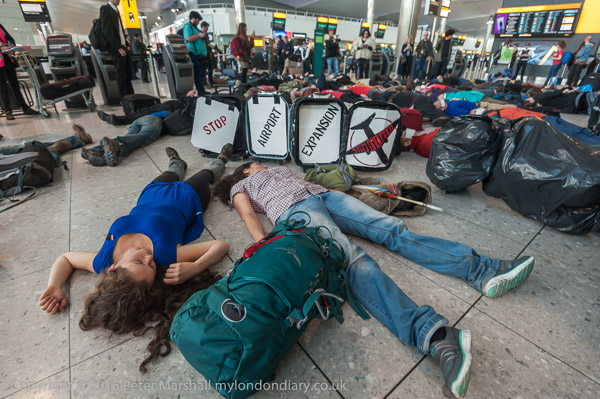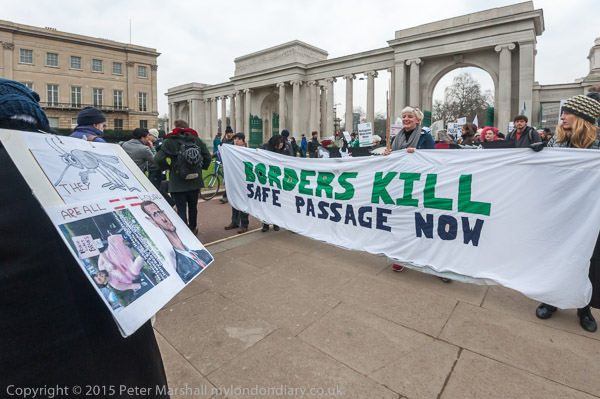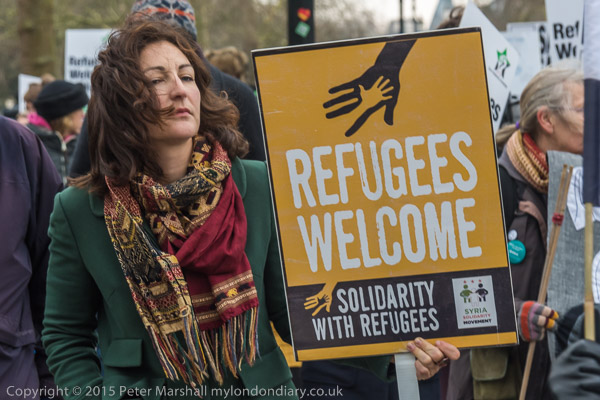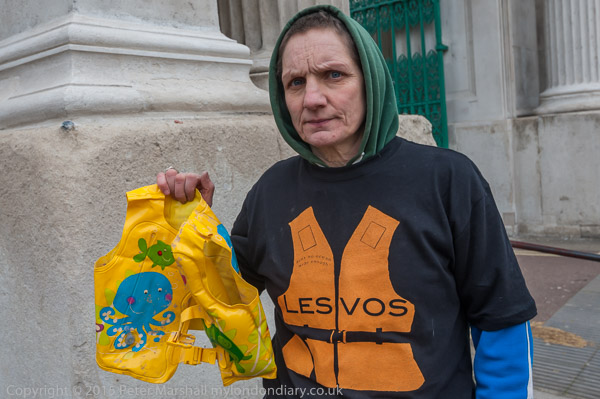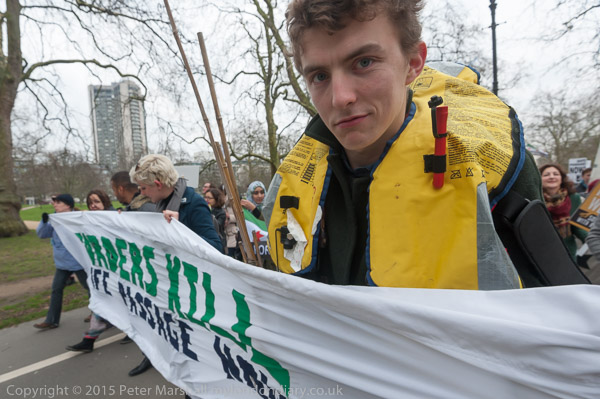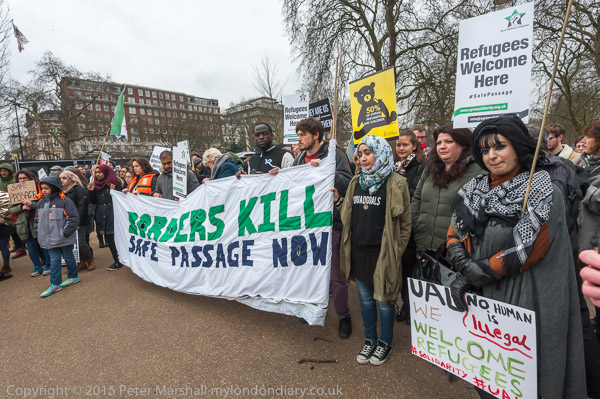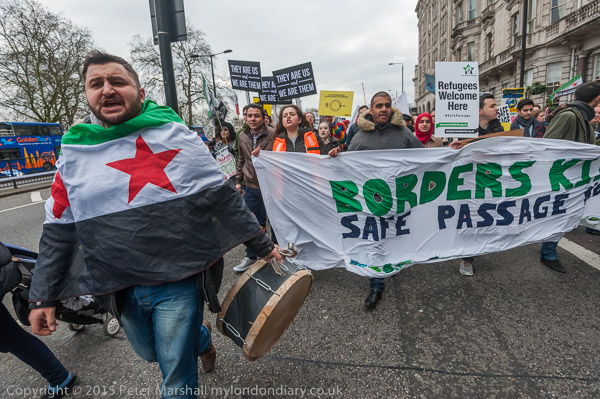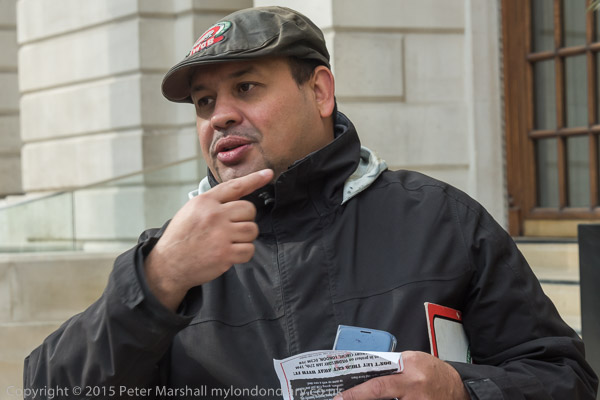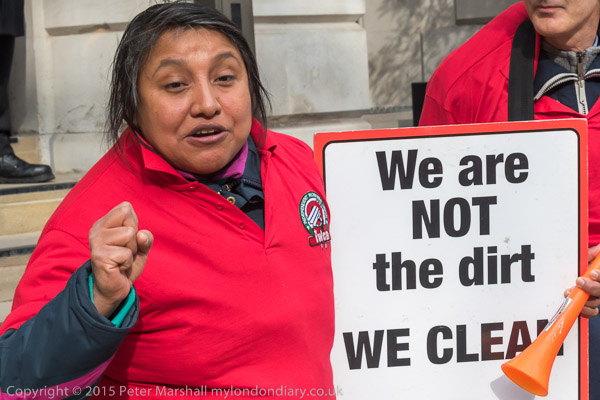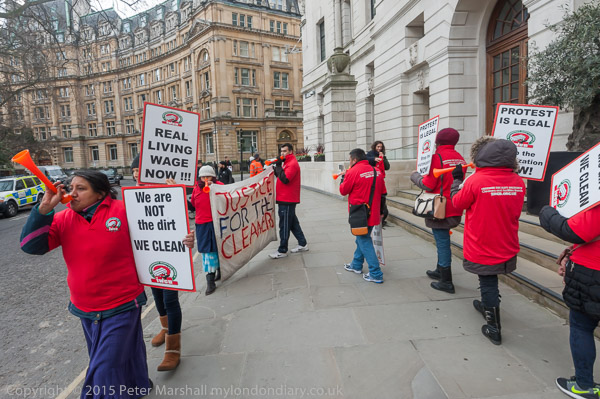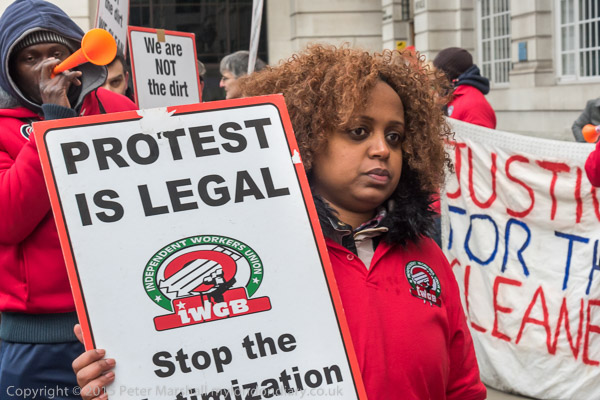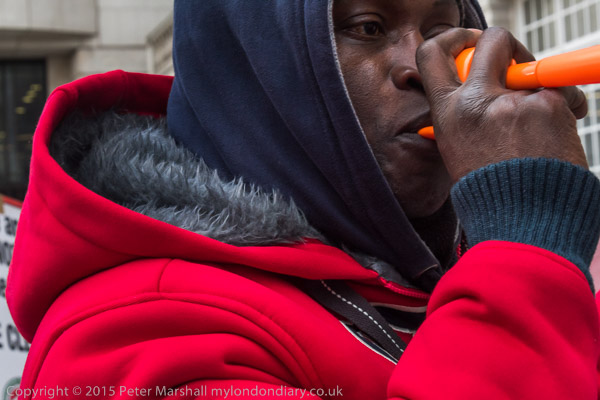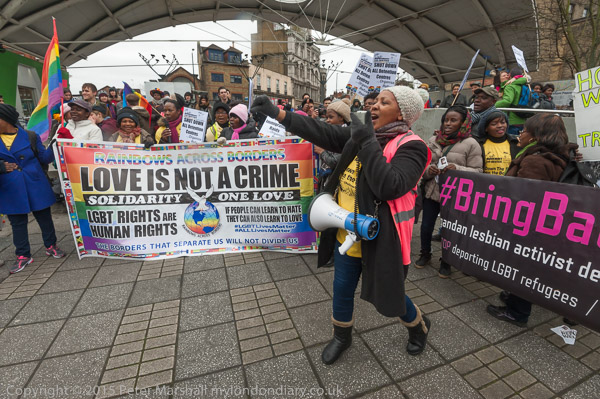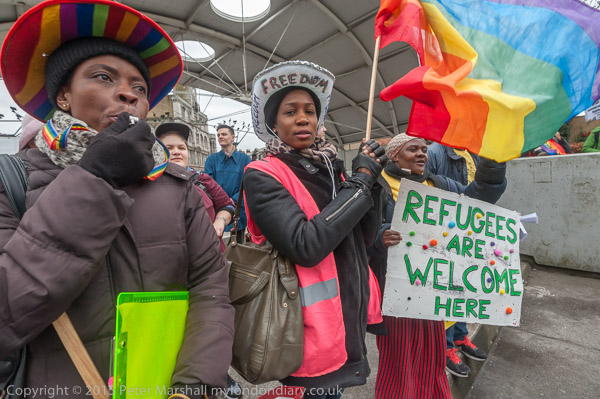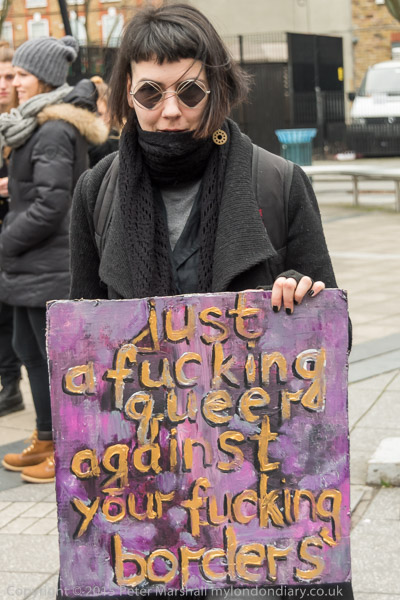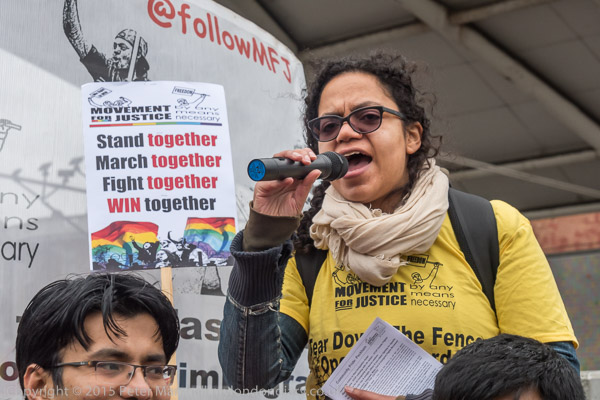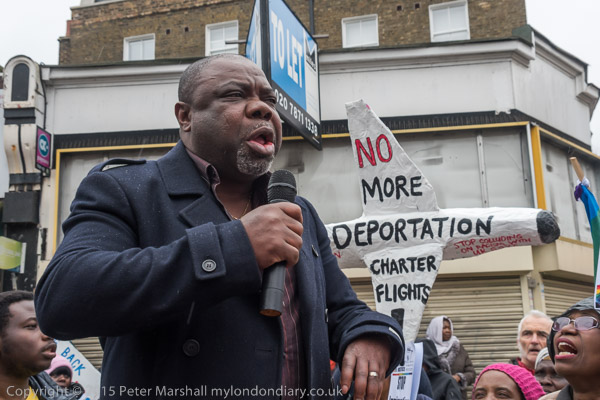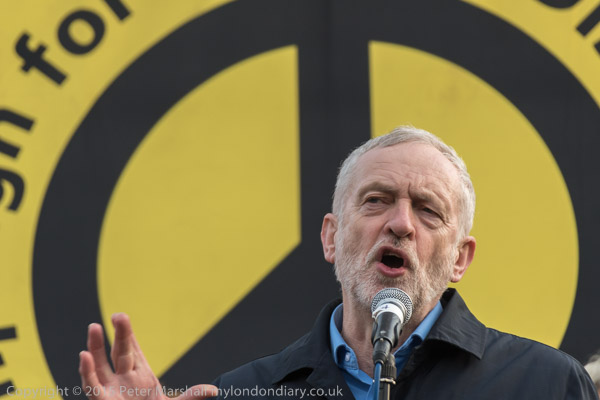
Jeremy Corbyn
I’ve seen rather less of Jeremy Corbyn since he became Labour leader, and at some events he has been surrounded by a baying crowd of photographers and TV crews that I seldom want to join.
At least when he was speaking on the platform at Trafalgar Square there was a clear view for all of us in the press area below the plinth the speakers use as a platform.
It isn’t an ideal viewpoint, and generally I like to stand some way back as otherwise you are looking rather steeply up at the speakers. Microphones also tend to get rather in the way, and sometimes the background can be rather messy. The obvious background for the speakers was of course the CND symbol on a number of banners. Depending on the angle I chose there was either a rather bright phthalocyanine blue or the mustard yellow which I chose for the image above. Mainly because of its position rather than its colour, but I do like the contrast between it and the blue of Corby’s shirt.
It’s at events like this I do and don’t wish that I had one of those military size telephoto zooms, though Nikon’s versions are perhaps a little less impressive than their Canon counterparts. But the Nikon 200-400mm f4 G VR II AF-S ED would have been quite useful, though at only 14 inches long and around 7.5 pounds weight it is hardly in the major league. Instead I had the 28-200mm f/3.5-5.6 G, working at its slightly soft 200mm maximum on DX format as 300mm equivalent in DX format on the D810. Taken at 1/500 f5.6 ISO 800 it isn’t bad – and the lens cost me – secondhand – around one thirtieth the cost of the 200-400 monster and weighs around a tenth as much.
I’d been standing around a couple of hours taking pictures of the many other speakers as we all waited for Corbyn to get back from Sheffield and rush from St Pancras station to speak. Even with my lightweight lens I was in pain from back ache, and I would never have lasted the wait with the heavy beast.
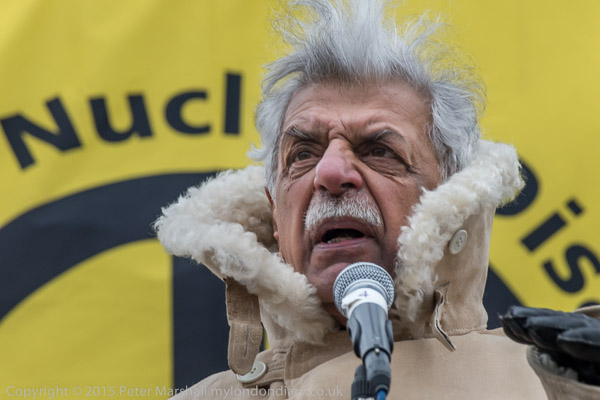
Tariq Ali in an ex-Russian Army winter coat
That lightweight lens is long obsolete, and back in 2003 was one that Nikon gear-fanatic snobs very much looked down on. But there is a lot to be said for a lens that covers such a wide range and is so light and compact. Looked at on screen at 50 inches wide (I only see around a third of the image width at a time) you can see it is slightly soft and would benefit from a little ‘smart sharpening’ but every one of Jeremy’s and Tariq’s facial hairs is clearly and distinctly visible. It would have been just a little sharper had I stopped down from full aperture, but it is still a usable lens for all but the most critical of applications (and I’m not sure what that would be – other than a reviewer’s cliché.) Although I took some photographs at these two events with the 16-35mm, all those in this post were made with this very versatile lens.
There were plenty of other faces to photograph, some very well-known and others less so, Kate Hudson, Vanessa Redgrave, Nicola Sturgeon, Leanne Wood, Caroline Lucas, Mark Serwotka, Bruce Kent, Giles Fraser, Christine Blower among them. You can see pictures of all of them and a few of the crowd at Stop Trident Rally.
It’s hard to find anyone outside the few who will profit greatly from the money spent on replacing Trident who would stand on any platform to support it. Most of the military see our so-called nuclear deterrent as an expensive and redundant side-show. It isn’t a weapon but a massive status symbol, and one we would be better off without.
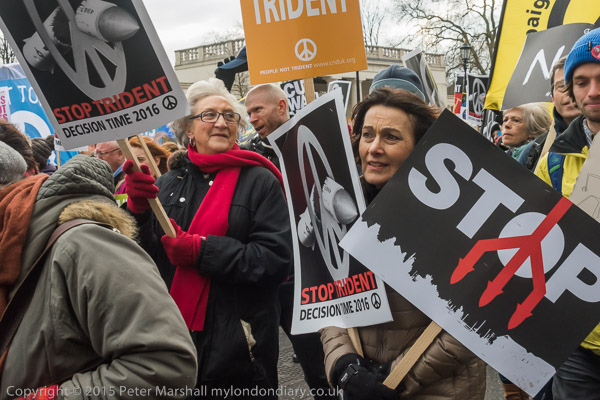
On the march at Hyde Park Corner
There were (according to CND) sixty thousand people on the march, and it was certainly a large one, even if my guess would have been a little less than their. It was quite a struggle to get through the crowd that was packing Park Lane to reach the front of the march, where heavy stewarding made it difficult to take pictures.
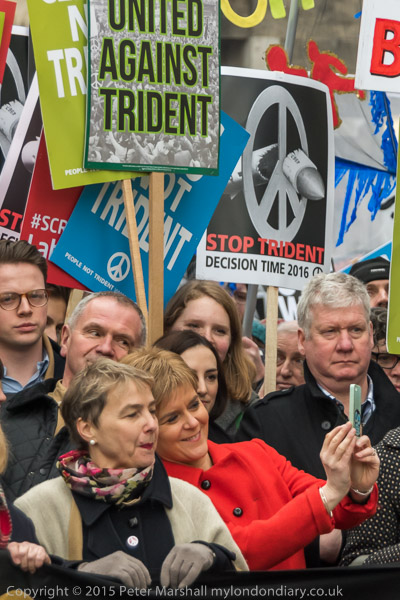
A quick selfie
But there holding the main banner, were many of those who would later speak, including Nicola Sturgeon, taking a selfie with Kate Hudson.
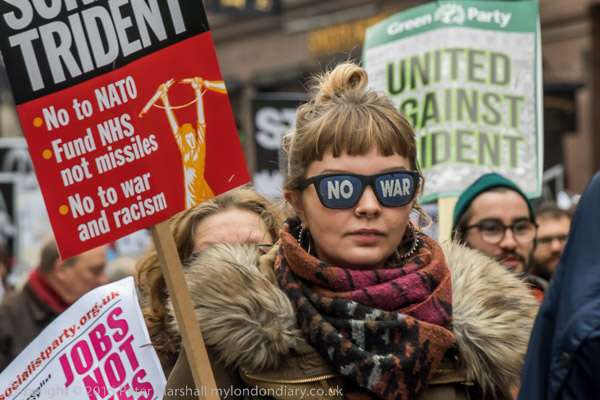
On the march in Park Lane
But it’s generally the rest of the protesters that I like to photograph, like this woman with her dark glasses and others in the body of the march. It’s the 30,000 or 50,000 people that are the real story of the march, not the few that are well-known.
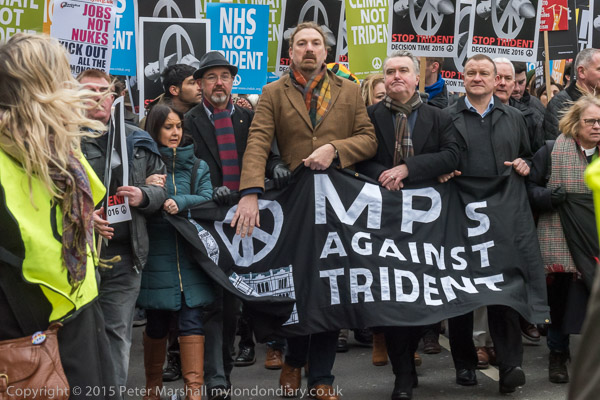
MPs Against Trident enter Trafalgar Square at the front of the march
I’m also not too good at recognising people. I think I’ve always suffered, though fortunately very mildly, from prosopagnosia or ‘face blindness’, which gave me some problems when I was teaching and sometimes when watching films and TV. Now I almost never watch TV, which in itself makes recognising ‘celebrities’ something of a problem. Though I sometimes wonder if a touch of prosopagnosia might actually help when photographing faces, perhaps enabling you to see what is really there at the time rather than being misled by preconceptions.
Stop Trident Rally
Stop Trident March
Continue reading Trident
